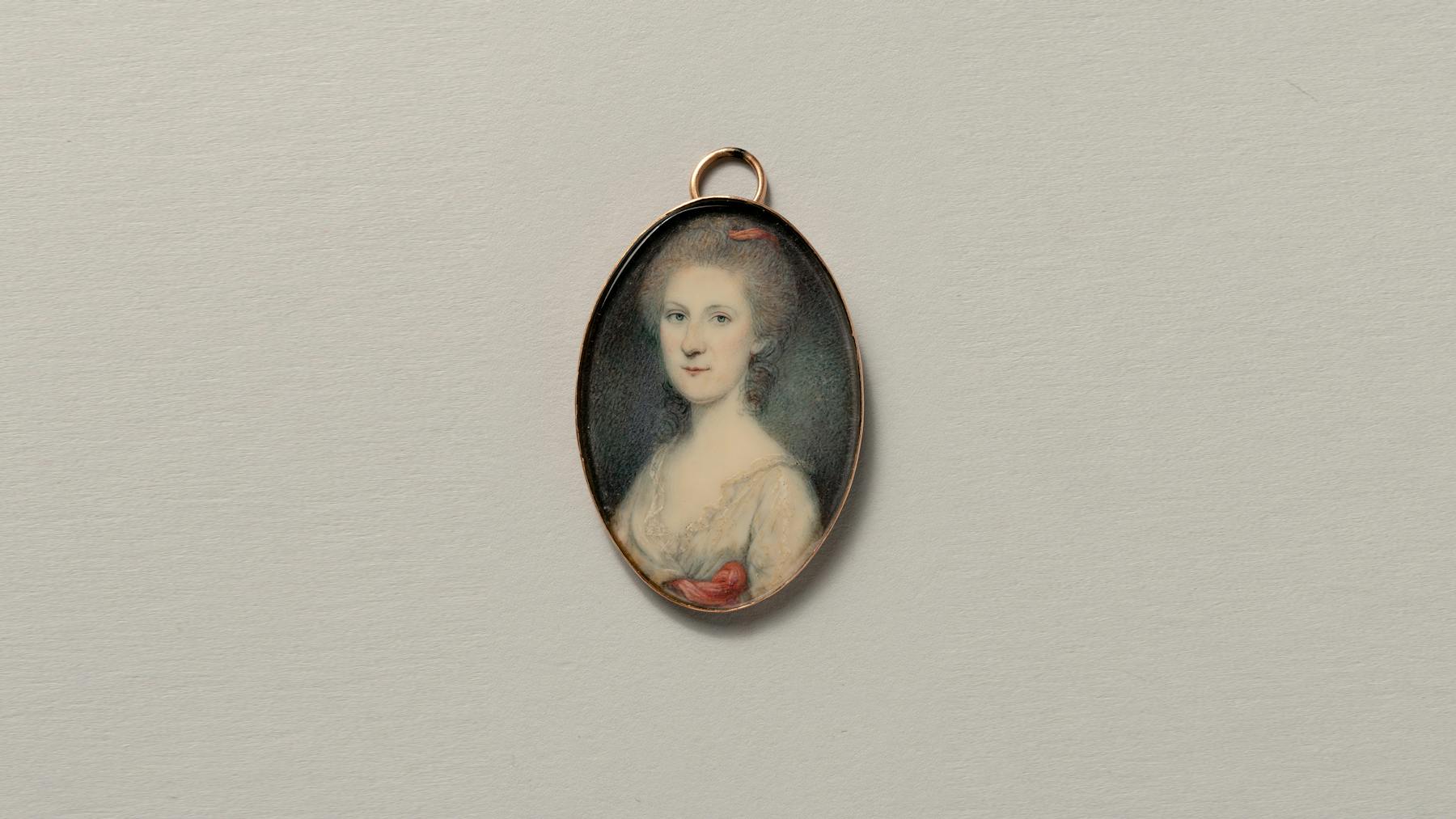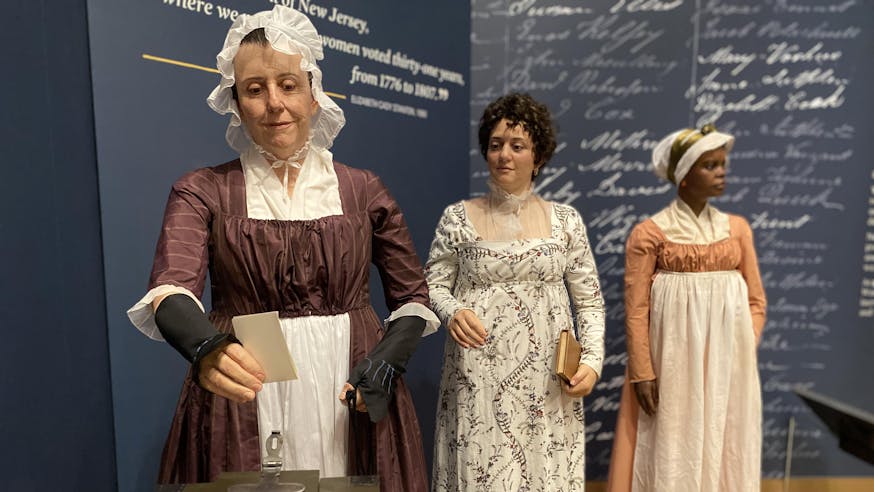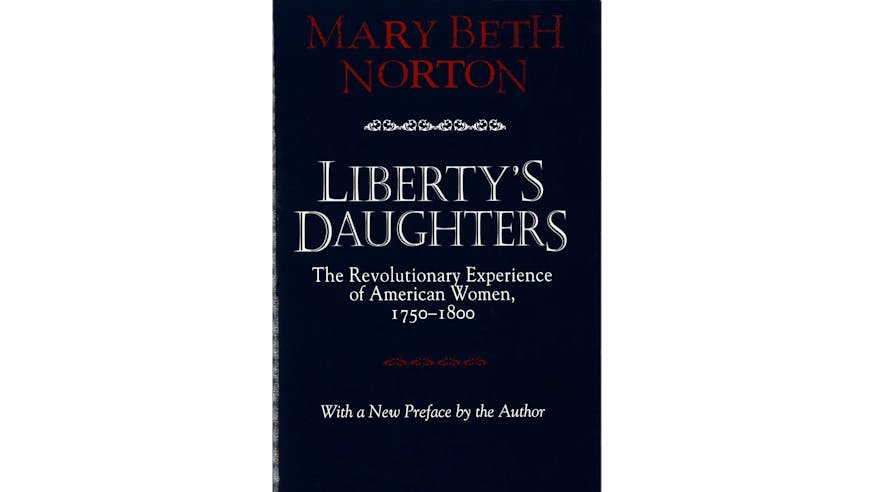Mary McIlvaine Bloomfield Miniature


-
Not on View
-
Mary McIlvaine Bloomfield was married to Joseph Bloomfield, Governor of New Jersey, who appears to have held more liberal views than many men of his era. From 1775 to 1807, women and Black men could vote in New Jersey elections. We believe that Mary McIlvaine Bloomfield voted in 1803. This small portrait was painted around 1778 by Philadelphia artist Charles Willson Peale.
Artwork Details
-
Miniature Portrait
Charles Willson Peale
Philadelphia
ca. 1778
Watercolor on ivory, gold
Museum of the American Revolution, acquired with funds provided by the Committee of Revolutionary Women including Members of the New Jersey State Society and Major Joseph Bloomfield Chapter of Daughters of the American Revolution, 2021.05.01
Tags
Learn More

Online Exhibits

When Women Lost the Vote: A Revolutionary Story
October 2, 2020 - April 25, 2021